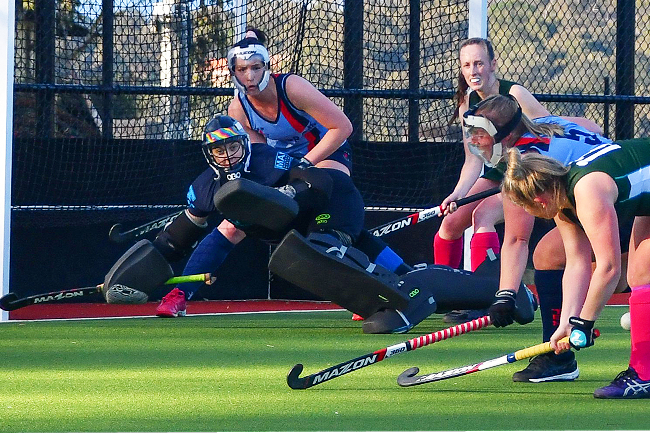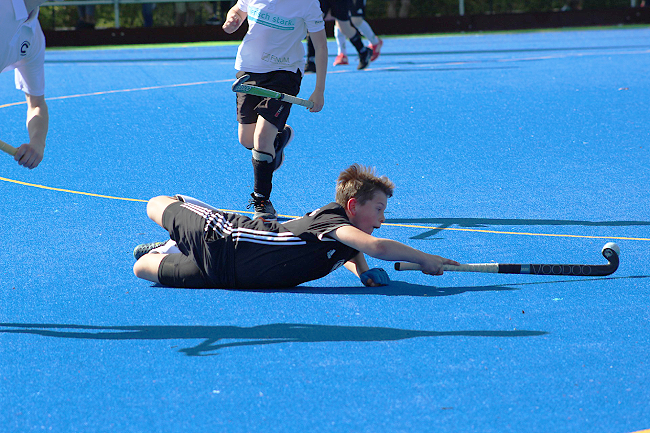Hockey’s back: How to stay injury-free this season
It’s that time of year when the thought of the new field hockey season starts popping into our heads. You might be thinking: “what can I do to keep myself on the pitch and away from the ice packs and compression bandages this season?”
As a physiotherapist for the better part of a decade, including working with the Victorian Institute of Sport Women’s Hockey Program and the Hockey Club Melbourne team in the recent Hockey One League, I’ve seen my fair share of injuries on and off the field.
And to celebrate the pending 2020 season, I’ve pulled together a few tips to help you stay injury-free this year.
1. Preparation is key
Most clubs will break up their year into three components; off-season, pre-season and in-season.
Pre-season usually consists of a mixture of cross-training and on-pitch sessions, aimed at preparing the athlete (or weekend warrior) for the rigours of the season ahead. It probably comes as no surprise that preparing for the season can not only maximise your on-field performance but also reduce your risk of injury.
A 2017 study on Australian Rules Football (sorry, hockey research is a little light on) demonstrated that those who completed greater than 86% of the scheduled pre-season training program had up to five times lesser risk of in-season soft tissue injury.
Take home message: dust off those runners and get down to your club’s pre-season.
2. Be specific with your pre-season training program
One of the common mistakes I see hockey players make is not having training specificity. Over the summer months it can be enjoyable (or not) to put the runners on and go for a slow 5-10km jog.
Although this is a good health decision it may not be sufficient to prepare yourself for the upcoming season. Hockey is a fast-paced sport requiring constant direction changes, and your pre-season training program needs to reflect this.
A suitable pre-season training program will include repeat sprints and agility drills to adequately prepare you for the upcoming season.
3. Add in a strength and conditioning program
Individualised strength training programs, such as Pilates or gym, are an effective way of reducing acute and overuse sport injuries.
Strength training programs often consist of targeted exercises designed to overload the muscle, tendon or cartilage making them stronger.
This makes the tissue more resistant to load and therefore reduces injury risk. As a guide, adding two to three strength training sessions per week is ideal. Once again, strength training programs need to be specific to the demands of the sport.
If you would like more information on how to design a tailored pre-season program or individualised strength and conditioning program, please contact Dan at Renew Physiotherapy, 530 Glenferrie Road, Hawthorn.
For appointments, please contact the clinic on 9818 3373 or email: [email protected]
- RELATED: Is clinical Pilates right for you?
- Cycle your way into the New Year injury-free
- About Renew Physiotherapy
REFERENCES:
1. Pre-season workload volume and high risk periods for non-contact injury across multiple Australian Football League seasons.
2. Strength training as superior, dose-dependent and safe prevention of acute and overuse sports injuries: a systematic review, qualitative analysis and meta-analysis.


